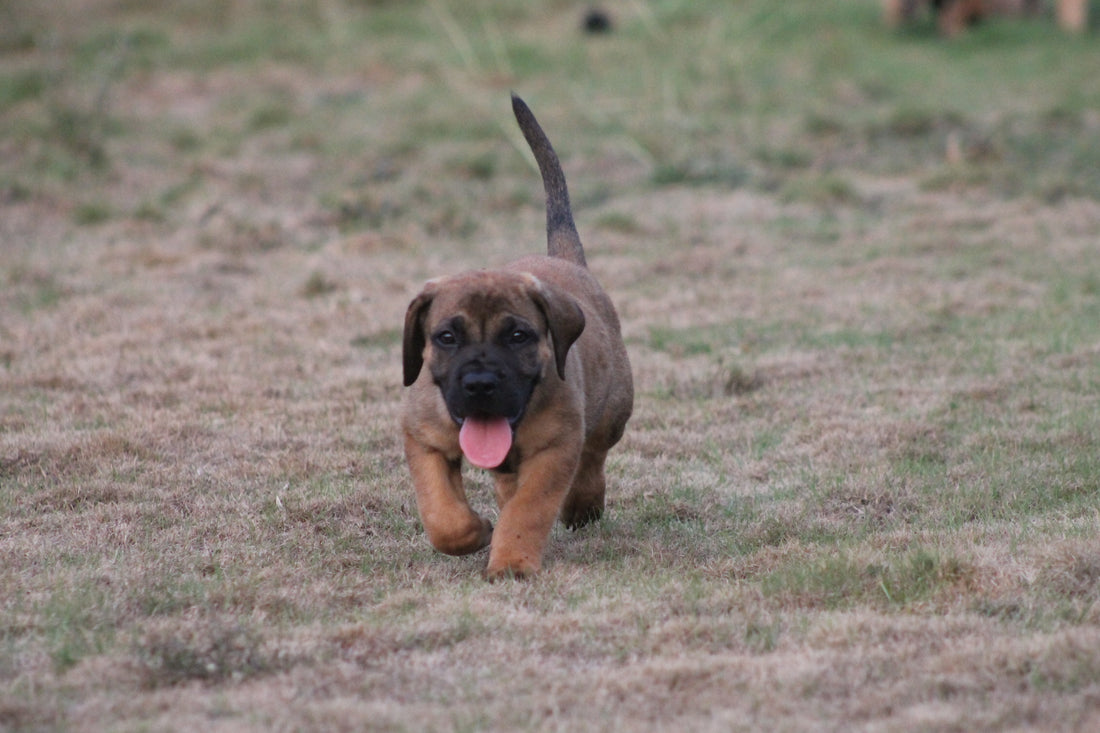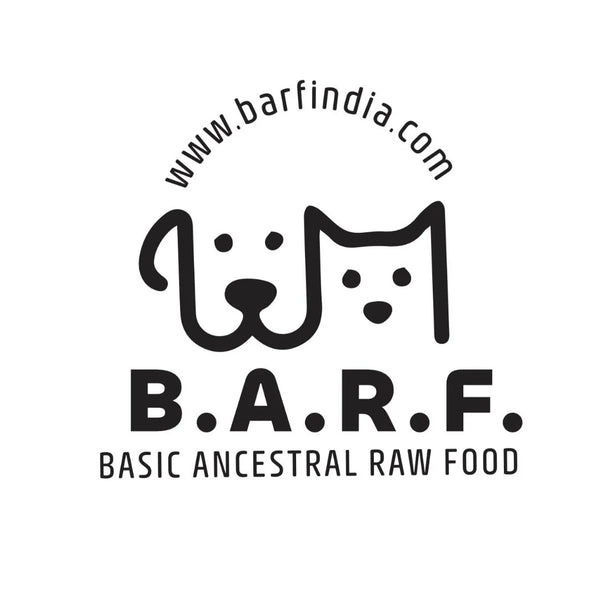
Understanding and Managing Year-Round Itchiness in Dogs: The Hidden Culprit.
Share
Introduction:
As dog owners, we are attuned to the various signs and symptoms our furry companions exhibit, especially when it comes to their health and well-being. One common issue that can puzzle pet parents is persistent itching in their dogs, particularly when it occurs year-round. While seasonal allergies are often discussed, an overlooked culprit behind chronic itching in dogs could be dust mites. These tiny pests lurk in our homes, particularly in sleeping areas, and can trigger allergic reactions in sensitive dogs. In this comprehensive guide, we'll delve into the connection between dust mites and year-round itchiness in dogs, explore how to identify and manage dust mite allergies, and highlight the importance of choosing the right pet bed to alleviate your dog's symptoms.
Understanding Dust Mite Allergies in Dogs:
Dust mites are microscopic organisms that thrive in warm, humid environments. They feed on organic matter such as dead skin cells shed by humans and animals, making our homes an ideal habitat for their proliferation. While dust mites themselves may not be harmful, their feces contain proteins that can trigger allergic reactions in susceptible individuals, including dogs.
When a dog is exposed to dust mites, either through inhalation or skin contact, their immune system may perceive these proteins as threats, leading to an allergic response. Symptoms of dust mite allergy in dogs can vary but commonly include:
- Persistent itching, particularly around the face, ears, paws, and belly.
- Skin inflammation, redness, and irritation.
- Excessive scratching, licking, or chewing of the affected areas.
- Hair loss or thinning due to constant scratching.
- Secondary skin infections resulting from bacterial or yeast overgrowth.
It's important to note that while dust mite allergies can manifest year-round, they may worsen during certain seasons when indoor environments are more conducive to dust mite proliferation. However, if your dog exhibits persistent itching regardless of the time of year, it's crucial to consider the possibility of a dust mite allergy and take appropriate steps to address it.
Identifying Dust Mites in Your Home:
To effectively manage your dog's dust mite allergy, it's essential to identify and eliminate these pests from your home environment. Dust mites are commonly found in areas where they can feed on shed skin cells, such as bedding, upholstered furniture, carpets, and curtains. However, they are particularly prevalent in sleeping areas, including your dog's bed.
To determine whether dust mites are present in your home, consider the following steps:
- Perform a thorough inspection of your dog's sleeping area, including their bed, blankets, and surrounding carpeting or rugs.
- Look for signs of dust mite infestation, such as tiny white or translucent bugs, as well as their fecal pellets, which resemble fine grains of sand.
- Use a microscope or magnifying glass to get a closer look at suspected areas, as dust mites are nearly invisible to the naked eye.
If you suspect dust mites are contributing to your dog's allergies, it's advisable to consult with your veterinarian for confirmation and guidance on the next steps.
Managing Dust Mite Allergies in Dogs:
Once a dust mite allergy has been diagnosed in your dog, implementing effective management strategies becomes paramount. While complete elimination of dust mites from your home may be challenging, there are several steps you can take to reduce their presence and alleviate your pet's symptoms:
-
Wash bedding regularly: Launder your dog's bedding, including their bed cover, in hot water (at least 130°F) every 1-2 weeks to kill dust mites and remove allergens. Consider using hypoallergenic detergent to minimize potential irritants.
-
Vacuum frequently: Use a vacuum cleaner equipped with a HEPA filter to effectively capture dust mites and their allergens from carpets, rugs, upholstery, and curtains. Pay close attention to your dog's sleeping area and other high-traffic areas in your home.
-
Maintain optimal humidity levels: Dust mites thrive in environments with high humidity, so use a dehumidifier to keep indoor humidity levels below 50%. Additionally, consider using air purifiers with HEPA filters to trap airborne allergens.
-
Choose hypoallergenic materials: Opt for pet bedding and furnishings made from hypoallergenic materials that are less likely to harbor dust mites. Avoid plush or heavily padded beds in favor of easily washable options.
-
Implement allergen barriers: Consider investing in allergen-proof covers for your dog's bed and pillows to create a barrier against dust mites and their allergens. These covers are made of tightly woven fabric that prevents mites from penetrating.
-
Limit outdoor exposure: Minimize your dog's exposure to outdoor allergens, such as pollen and mold, which can exacerbate dust mite allergies. Wipe your dog's paws and coat after outdoor excursions to remove potential allergens.
-
Consult with your veterinarian: Work closely with your veterinarian to develop a comprehensive treatment plan for managing your dog's dust mite allergy. This may include prescription medications, such as antihistamines or corticosteroids, to alleviate itching and inflammation.
Replacing Your Dog's Bed with a Dust Mite Safe Option:
One crucial step in managing your dog's dust mite allergy is replacing their bed with a safe, non-toxic alternative that minimizes the risk of dust mite infestation. Traditional pet beds made from synthetic materials can provide an ideal breeding ground for dust mites, exacerbating your dog's allergies. Instead, consider investing in a pet bed made from organic materials such as silk.
Silk is a natural fiber that possesses unique properties that make it inhospitable to dust mites. Unlike synthetic fabrics, silk does not retain moisture or shed fibers that can attract dust mites and other allergens. Additionally, silk's smooth surface makes it difficult for dust mites to cling to, reducing the likelihood of infestation.
When selecting a silk pet bed for your dog, look for products that are certified organic and free from harmful chemicals or dyes. Ensure that the bed is washable and easy to clean to maintain a hygienic sleeping environment for your pet.
By providing your dog with a dust mite safe bed made from organic silk, you can significantly reduce their exposure to allergens and promote better skin health and overall well-being.
Conclusion:
In conclusion, year-round itching in dogs can be a frustrating and challenging issue for pet owners to address. While various factors can contribute to persistent itching, including food allergies, flea infestations, and skin infections, dust mite allergy is often overlooked as a potential cause. These microscopic pests thrive in our homes, particularly in sleeping areas, and can trigger allergic reactions in sensitive dogs.
If your dog experiences chronic itching year-round, it's essential to consider the possibility of a dust mite allergy and take proactive steps to manage their condition. By implementing strategies to reduce dust mite exposure in your home, such as frequent washing, vacuuming, and maintaining optimal humidity levels, you can alleviate your dog's symptoms and improve their quality of life.
Furthermore, replacing your dog's bed with a safe, non-toxic option made from organic silk can provide an additional layer of protection against dust mite infestation. By choosing hypoallergenic materials and creating a clean and comfortable sleeping environment for your pet, you can help them enjoy a happier, itch-free life.
